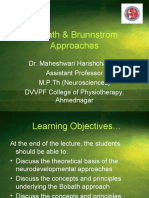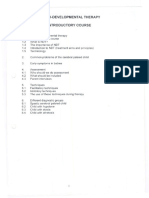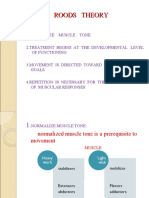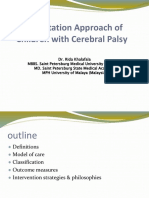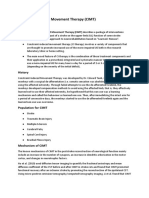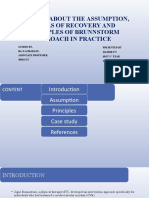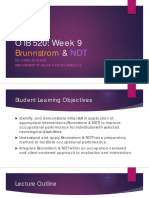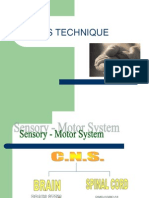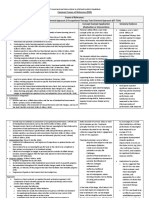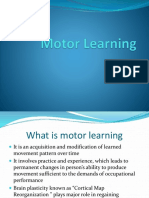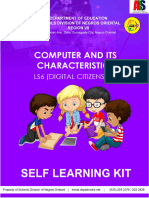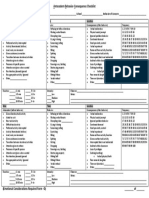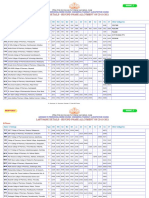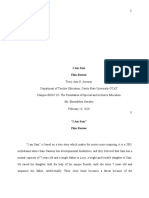100% found this document useful (1 vote)
1K views3 pagesTask Oriented Approach
The Task-Oriented Approach is a motor control and rehabilitation strategy that emphasizes practicing functional tasks in real-world contexts, grounded in systems theory. It focuses on goal-directed movement, active problem-solving, and the importance of sensory feedback, while considering the interaction of the individual, task, and environment. This approach has shown to improve functional recovery and patient motivation, although it may not be suitable for all patients and requires therapist expertise.
Uploaded by
Ajas KmCopyright
© © All Rights Reserved
We take content rights seriously. If you suspect this is your content, claim it here.
Available Formats
Download as DOCX, PDF, TXT or read online on Scribd
100% found this document useful (1 vote)
1K views3 pagesTask Oriented Approach
The Task-Oriented Approach is a motor control and rehabilitation strategy that emphasizes practicing functional tasks in real-world contexts, grounded in systems theory. It focuses on goal-directed movement, active problem-solving, and the importance of sensory feedback, while considering the interaction of the individual, task, and environment. This approach has shown to improve functional recovery and patient motivation, although it may not be suitable for all patients and requires therapist expertise.
Uploaded by
Ajas KmCopyright
© © All Rights Reserved
We take content rights seriously. If you suspect this is your content, claim it here.
Available Formats
Download as DOCX, PDF, TXT or read online on Scribd
/ 3






